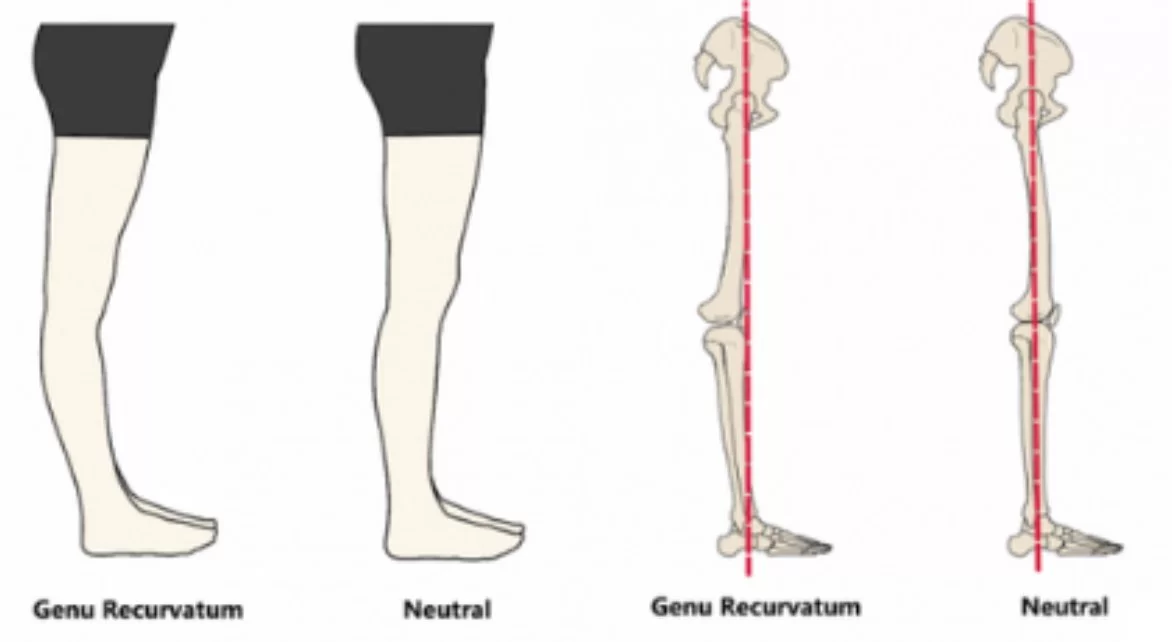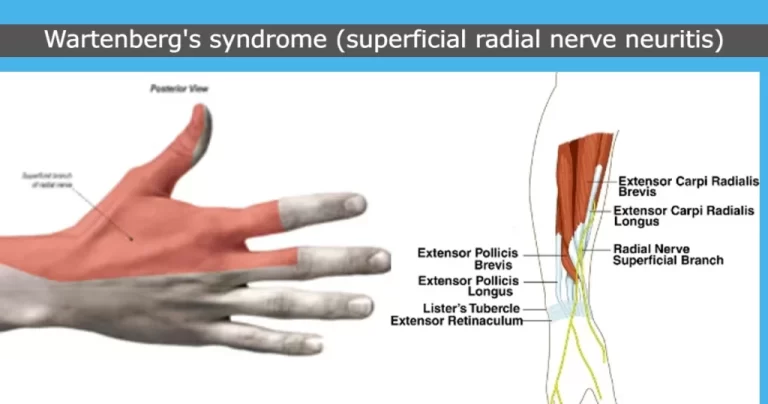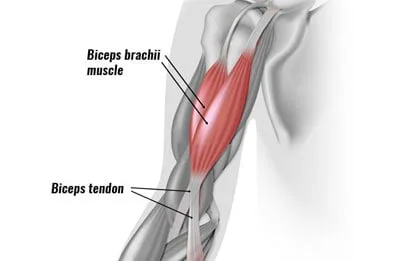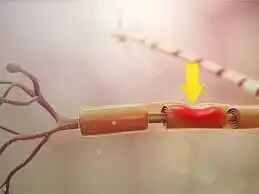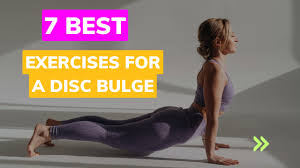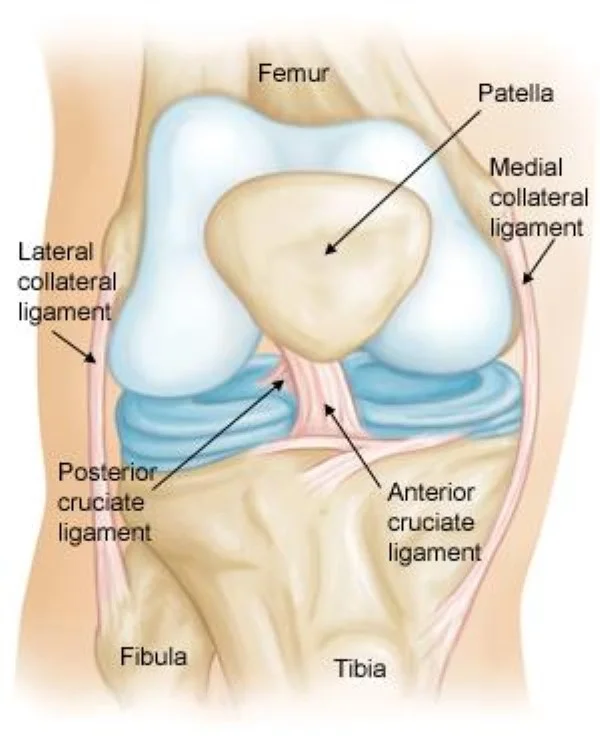Genu Recurvatum
What is a Genu Recurvatum?
The disorder known as genu recurvatum, or knee hyperextension, is characterized by excessive knee joint extension or backward bending beyond its normal range of motion. When standing straight, the lower leg is positioned behind the thigh due to the knee joint’s extension backward.
- A malformation in which the knee bends backward is called knee recurvatum. The tibiofemoral joint experiences excessive extension as a result of this abnormality.
- In women, this malformation is more prevalent.
- An adult’s knee joint’s typical range of motion (ROM) is 0 to 135 degrees. There should be no more than 10 degrees of full knee extension. Normal extension increases in genu recurvatum.
- The development of osteoarthritis and pain in the knee can result from genu recurvatum.
Incidence
Congenital genu recurvatum is an uncommon disorder that occurs around 1 in 100,000 births. However, it is a common feature of certain diseases, including joint hypermobility, which affects 1 in 30 people.
Pathophysiology
The following are the primary determinants of knee stability:
Knee ligaments: There are four primary ligaments that support the knee joint: Anterior cruciate ligament (ACL). Through its ability to stop the knee from hyperextending, the ACL plays a crucial part in stabilizing the knee extension action.
- Posterior cruciate ligament (PCL)
- Medial collateral ligament (MCL)
- Lateral collateral ligament (LCL)
Articular or joint capsule (particularly the posterior knee capsule) muscular quadriceps femoris muscle proper femur and tibial position, particularly while in the knee extension position.
Types of Genu recurvatum
Genu recurvatum is categorized as acquired (occurring later in life) or congenital (existing from birth).
Congenital genu recurvatum can be caused by intrauterine placement or hereditary reasons. It is frequently linked to other musculoskeletal disorders.
On the other hand, a number of conditions, including ligamentous laxity, muscle imbalances, joint hypermobility, and prior knee injuries, can cause acquired genu recurvatum.
There are three forms of genu recurvatum, with severity ranging from mild to severe:
- External rotary deformity (ERD)
- Internal rotary deformity (IRD)
- Non-rotary deformity
Causes of Knee recurvactum
- Ligament laxity in the knees by heredity
- Muscle weakness in the biceps femoris
- knee joint instability caused by damage to the ligaments and joint capsule
- An improper tibial and femur position
- malunion of the knee’s proximal bones
- weakness in the hip extension muscles
- weakness of the gastrocnemius muscle (standing)
- injury to an upper motor neuron (such as hemiplegia following a cerebrovascular event)
- Lesion of the lower motor neurons (post-polio disease, for example)
- A joint proprioception deficiency
- disparity in lower limb length
- Birth defect genu recurvatum
- cerebral palsy
- Limited dorsiflexion (plantar flexion contracture) in muscular dystrophy
- weakening of the popliteus muscle
- diseases of the connective tissue. Joint hypermobility, or excessive joint mobility, is an issue with many illnesses.
Symptoms of Genu recurvactum
- Posterolateral ligamentous pain is the term used to describe pain on the outside of the knee.
- An acute pain in the tibiofemoral area on the inside.
- During the midstance phase, the knee extends to its maximum length.
- A severe sensation in the front of the knee pain when walking or standing for long periods of time, as well as compensating alterations in gait
- Due to excessive extension, individuals with this disease may find it difficult to fully bend the knee joint.
- knee flexing to become hyperextended
- Having trouble with endurance exercises
- The front of the knee is being pinched.
To ascertain whether there is a medial knee injury, including the superficial medial collateral knee and posterior oblique ligament, or a cruciate ligament rupture, a thorough examination must be conducted. There are situations where all of the injuries occur at the back of the knee and none of these better-known structures are damaged.
Our anatomical and biomechanical studies have identified the oblique popliteal ligament’s tibial connection, which can lead to greater knee hyperextension in the event of an injury.
Measuring the patient’s heel height is the most effective method of making a clinical diagnosis about the degree of knee hyperextension. An increase in heel height may serve as a diagnostic marker for genu recurvatum if there is a normal contralateral (opposite) knee to compare to.
A lengthy leg x-ray must be taken in order to carefully evaluate the patient’s total knee position. On a lateral knee x-ray, their posterior tibial slope must also be determined. Compared to patients with greater posterior tibial slopes, those with lower posterior tibial slopes typically experience more issues with knee hyperextension. This is something that we have also learned from our studies.
Treatment of Genu recurvatum
The underlying cause and severity of genu recurvatum determine the course of treatment. Physical therapy is one conservative treatment option that can help to address muscular imbalances, strengthen the muscles around the knee, and improve joint stability.
It may be advised to use orthotic devices, such as braces or knee immobilizers, to support the knee joint and avoid hyperextension. Surgical surgery may be explored to treat the underlying structural abnormalities or repair ligamentous laxity in situations when conservative therapies prove to be unsuccessful.
Physical Therapy Treatment
Depending on how severe the deformity is, an orthosis will be given:
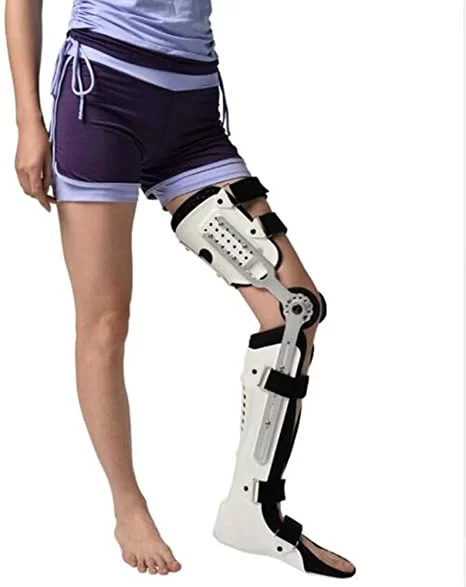
- ankle foot orthosis,
- knee orthosis,
- ankle, knee, and foot orthoses.
The methods for reducing pain
Short wave diathermy, or SWD is a deep heating technique that uses heat to enhance blood flow to specific muscles, reduce pain, and eliminate waste.
Stretching of calf muscle:
- seated calf stretch:
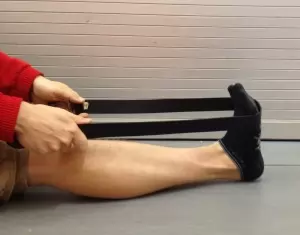
Take a long seat on the floor.
Grasping both sides of one foot with your hands, loop a long towel (or whatever implement you’re employing) around it.
Till your calf stretches, slowly bring your toes nearer your shin.
Continue on the opposite side.
Strengthening of gluteus muscle:
- hip extension in a quadruped:
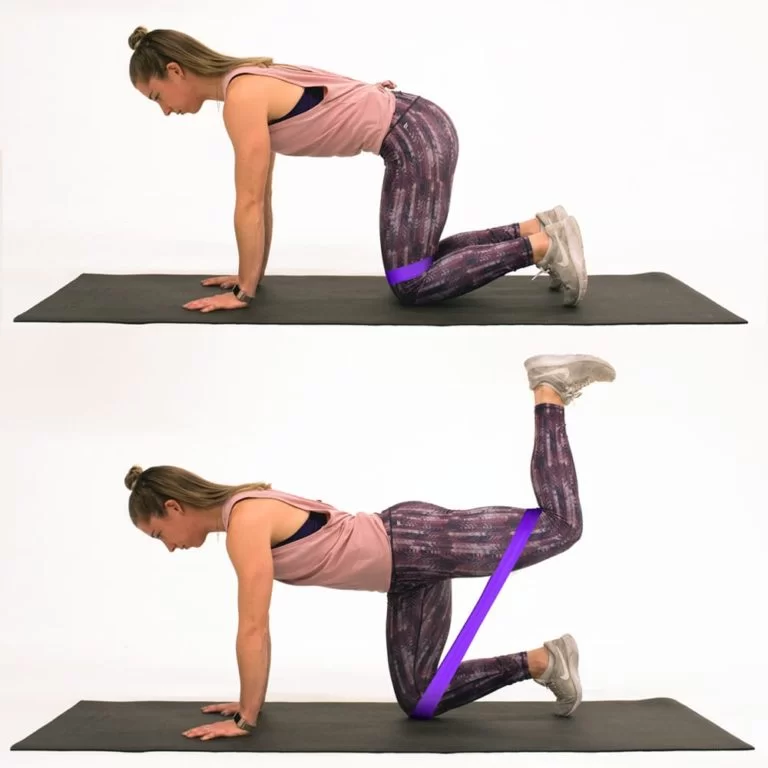
How to: Lie on all fours with your knees behind your hips and your hands firmly beneath your shoulders. Assume a flat back and dip your chin slightly so that your neck’s back faces the ceiling.
Cinch in your lower abs without hunching your back. Lift your right knee to a 90-degree bend and gently raise it straight back toward the ceiling.
Just before your hips twist or your back begins to arch, that’s when you reach your maximum height. Go back to where you were before. After completing each repetition on one side, swap legs.
Strengthening of knee muscles:
- Prone Theraband Knee Flexion:
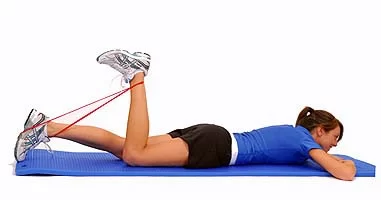
A wonderful instrument for hamstring strengthening exercises is the Theraband.
Starting Position: Wrap the theraband around both the ankle of the leg you wish to train and the foot of your healthy leg. Stretch your legs straight out while lying on your stomach.
How to carry out: Pull as hard as you can against the theraband by bringing your heel towards your buttocks. Release the leg with caution after holding it for three to five seconds.
Strengthening of calf muscles:
- Double-Leg Heel Raise:
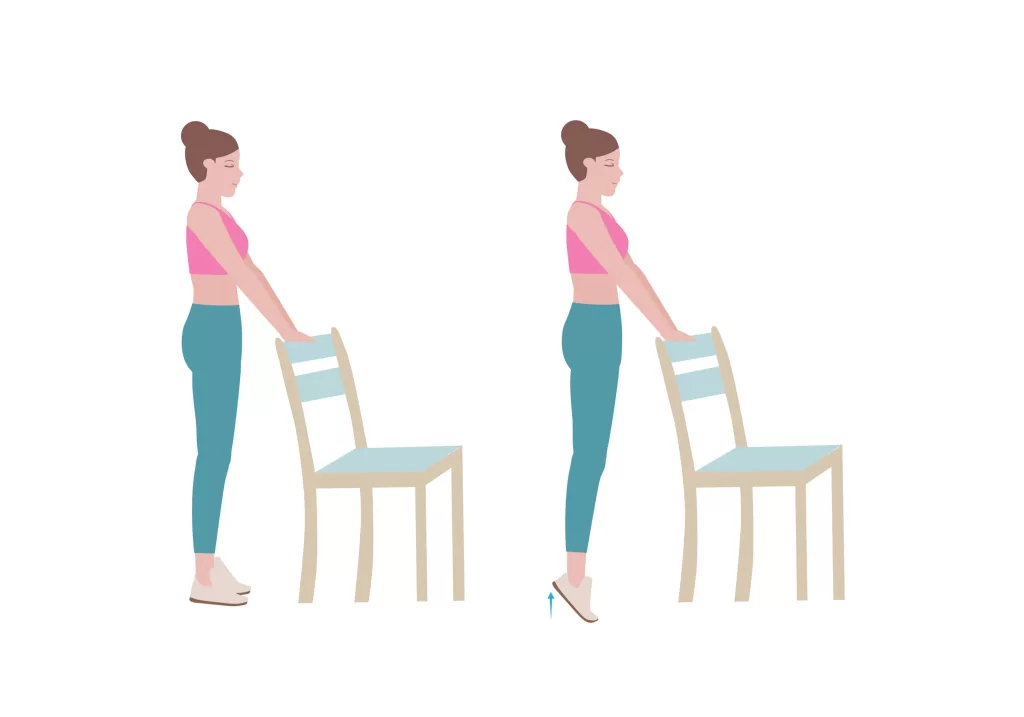
increases calf strength mainly.
How to perform it: Just like in the assessment exam, place your heels hanging off a step while standing barefoot on the balls of your feet. Take a minute to relax in between each set of four or five sets of full-range-of-motion heel lifts (with both legs).
- single-leg heel raise:
How to do it: Place your heels hanging off a step while standing barefoot on the balls of your feet. If you need balance, grab onto a wall or doorframe; do not raise yourself up with your hands. Elevate one leg off the floor and use the other leg to do single-leg heel rises, sometimes referred to as calf lifts.
Go from the lowest possible position to the highest possible position by using your whole range of motion. With your whole range of motion, try to complete as many as you can. On the opposite leg, repeat.
For a proper diagnosis and treatment of genu recurvatum, it is crucial to speak with a medical expert, such as an orthopedic physician or physical therapist. They are able to evaluate the situation, pinpoint any underlying causes of the hyperextension, and suggest a specific course of action.
Surgical Treatment
If there are no associated cruciate ligament and/or collateral knee injuries, the usual course of therapy is to undertake a rehabilitation program to see if the patient can raise their total quadriceps strength to compensate for the symptomatic knee hyperextension.
A biplanar proximal tibial osteotomy, which entails elevating the patient’s posterior tibial slope, would be required if this doesn’t work. These operations have been demonstrated to lessen knee hyperextension and allow patients to return to their prior high level of functioning, despite the fact that they necessitate extensive surgery.
A proximal anteromedial or anterolateral osteotomy is used as a treatment for isolated genu recurvatum in order to raise the patient’s posterior tibial slope. These treatments have been proven to be highly useful in minimizing patients’ knee hyperextension and enabling them to resume greater levels of exercise once the osteotomy heals.
Post-Operative Treatment
When developing a treatment plan for a patient who presents with genu recurvatum, it is essential to include the results of the clinical examination with the radiographs stated above. If there is no obvious collateral or cruciate ligament damage, a patient may benefit from a physically supervised quadriceps strengthening program.
Patients who have had previous therapy and/or who still have problems with knee hyperextension may be advised to wear a brace designed to prevent knee hyperextension. Based on our observations, most patients with this problem may improve momentarily from a brace that limits hyperextension, but eventually, they will still have symptoms and will need surgery.
Conclusion
In genu recurvatum, also known as knee hyperextension, the knee joint extends posteriorly beyond its typical range of motion. Its causes might range from hereditary reasons to muscle imbalances or past knee traumas. It can be congenital or acquired. The symptoms include pain, instability, and trouble walking due to excessive knee bending rearward.
Depending on the underlying reason and severity, treatment options include surgery, physical therapy, and orthotic devices. A medical professional’s advice is crucial for a precise diagnosis and suitable treatment.
FAQs
What is the post-stroke genu recurvatum?
In those with hemiparesis from a stroke, abnormal knee hyperextension during the stance phase (genu recurvatum) is a typical gait anomaly. Ankle-foot orthoses (AFOs) decrease ankle joint mobility even though they are frequently used to avoid genu recurvatum by preserving ankle dorsiflexion during the stance phase.
What is the degree of recurvatum genu?
Operationally, genu recurvatum is defined as a knee extension of more than five degrees. Genu recurvatum patients may have inadequate proprioceptive control over terminal knee extension, an extension gait pattern, and knee pain.
Is hyperextension of the knee permanent?
When your knee bends too much backward in a straightened position, it is called a hyperextended knee. It is important to take notice of a hyperextended knee. Your range of motion may be restricted for several months due to this injury. However, with medical intervention, it is treatable.
Do you have genu recurvatum from birth?
In Latin, genu recurvatum means knee bending backward. The illness may be acquired or congenital. Congenital genu recurvatum is visible from birth and can cause significant concern for medical professionals and family members. It may exist alone, in conjunction with other musculoskeletal disorders, or as a component of a syndrome.
How is genu recurvatum measured?
The angle formed in the sagittal plane by the femur (from the most lateral point of the proximal joint line of the knee through the lateral malleolus) and the shank (from the central point of the greater trochanter to the central point of the lateral epicondyle) is known as the genu recurvatum.
In what brace is genu recurvatum used?
The customized knee immobilizer brace Thuasne ROM-R
Without the usage of Genu Recurvatum Knee Braces, this issue can cause severe pain in later life and perhaps result in osteoarthritis. Our range is specifically made to avoid overextending the knees when moving.
Are you able to walk in a genu recurvatum?
Similar to pes planus, genu recurvatum can arise alone or as a component of a global hypermobility syndrome. The symptoms improve when walking or standing, and they go away when you relax. Athletes could struggle especially.
Does genu recurvatum cause pain?
Operationally, genu recurvatum is defined as a knee extension of more than 5′. Genu recurvatum patients may have inadequate proprioceptive control over terminal knee extension, an extension gait pattern, and knee pain.
Which muscles suffer from genu recurvatum weakness?
The causes of genu recurvatum include weak knee extensors and flexors, increased anterior pelvic tilt, reduced lumbar lordosis, ankle dorsiflexion deficiency, and ligament laxity.
How is genu recurvatum diagnosed?
The genu recurvatum is a deformity of the knee joint that causes the knee to bend backward. In this deformity, the tibiofemoral joint stretches excessively. This deformity is more common in women and people with a familial history of ligamentous laxity.
Does genu recurvatum occur naturally?
The genu recurvatum is a very intricate knee joint malformation. Under these conditions, the tibiofemoral joint extends significantly and the knee bends backward. Women are primarily affected. One in every 100,000 babies is born with congenital genu recurvatum, an unusual condition.
Which element causes the most frequently acquired genu recurvatum?
Polio is the most common cause of acquired genurecurvatum. Compensatory: One may use hyperextension to make up for the opposing side’s reduction in length. Upper motor neuron lesions such as hemiplegia, lower motor neuron lesions such as post-polio syndrome.
How can the degree of their genu recurvatum be ascertained?
The best method for figuring out how much genu recurvatum a person has is rather easy. The most efficient way to measure heel height, which is related to genu recurvatum, is to get a ruler, place your thigh against the examination table with your great toe lifted, and measure the distance in centimeters between the bottom of your heel and the table. For the purposes of the knee motion evaluation, a negative sign indicates one degree of hyperextension, which is often correlated with a heel height of one centimeter. Consequently, a person with “-5” degrees of hyperextension would have a heel height of 5 cm.
Who treats genu recurvatum and how frequent is it?
Because genu recurvatum instances are rare, incorrect diagnoses are frequently made. The majority of cases are therefore handled in referral centers. Furthermore, many doctors may feel uneasy doing an osteotomy to treat the recurvatum since they are uncommon. One of the most frequent problems we find with patients who are sent to us is that one. However, strengthening the quadriceps muscles, using a brace to prevent hyperextension (which is frequently quite bulky and poorly tolerated by patients), or moving forward with a proximal tibial osteotomy—which increases the tibia’s slope in order to decrease or eliminate the genu recurvatum—are actually the main treatments for genu recurvatum.
To what extent is genu recurvatum surgery effective?
When it comes to genu recurvatum surgery, accuracy of the clinical diagnosis is paramount. Patients who have a chronic injury and bend their knee backward most frequently have functional problems that can be incapacitating. Due to the chronic nature of the injury, a workup in the majority of these patients will reveal that an osteotomy is necessary because the tibial slope in the sagittal plane is excessively flat. In these cases with symptomatic genu recurvatum, we have discovered that a proximal tibial osteotomy, which slopes the tibia posteriorly, is highly beneficial.
Genu recurvatum affects me. How is genu recurvatum corrected?
The goal of treating genu recurvatum should always be to identify its underlying etiology. Should the cause be a problem with muscular weakness, a bracing or muscle strengthening program can be necessary. Genu recurvatum was highly prevalent in the past due to quadriceps muscle weakness caused by polio. If an injury is the cause and genu recurvatum develops immediately after the accident, it’s critical to identify the damaged structures and assess if reconstruction or repair is an option to treat the knee hyperextension. Research indicates that patients with both an anterior cruciate ligament rupture and injury to the lateral (fibular) collateral ligament have a roughly 3-centimeter increase in heel height. Reconstructing both the ACL and the LCL is the basic treatment for this kind of genurecurvatum. Bracing or surgery to enhance the tibia’s sagittal slope or sideways angle may be the sole option if the damage is persistent or if the tibia has a bony issue (where one fractures a bone and changes the angle of the shin bone).
What is genu recurvatum?
The condition known as genu recurvatum occurs when a person hyperextends their knee. There are various reasons why knee hyperextension may occur. These include weakening in the muscles, particularly the quadriceps, which can be caused by an accident or by problems with the knee bones.
References
- LaPrade, R. (2021, October 11). Genu Recurvatum. Robert LaPrade, MD | Minnesota Knee Specialist | Twin Cities, Minneapolis-St.Paul, Edina, Eagan. https://drrobertlaprademd.com/genu-recurvatum-hyperextension-of-the-knee-twin-cities-minnesota/
- Genu recurvatum. (2023, July 31). Wikipedia. https://en.wikipedia.org/wiki/Genu_recurvatum
- Physiotherapist, B. (2023, December 13). Genu recurvatum: Causes, Symptoms, & Treatment, Exercise. Mobile Physiotherapy Clinic. https://mobilephysiotherapyclinic.in/knee-recurvactum-and-physiotherapy-treatment/

